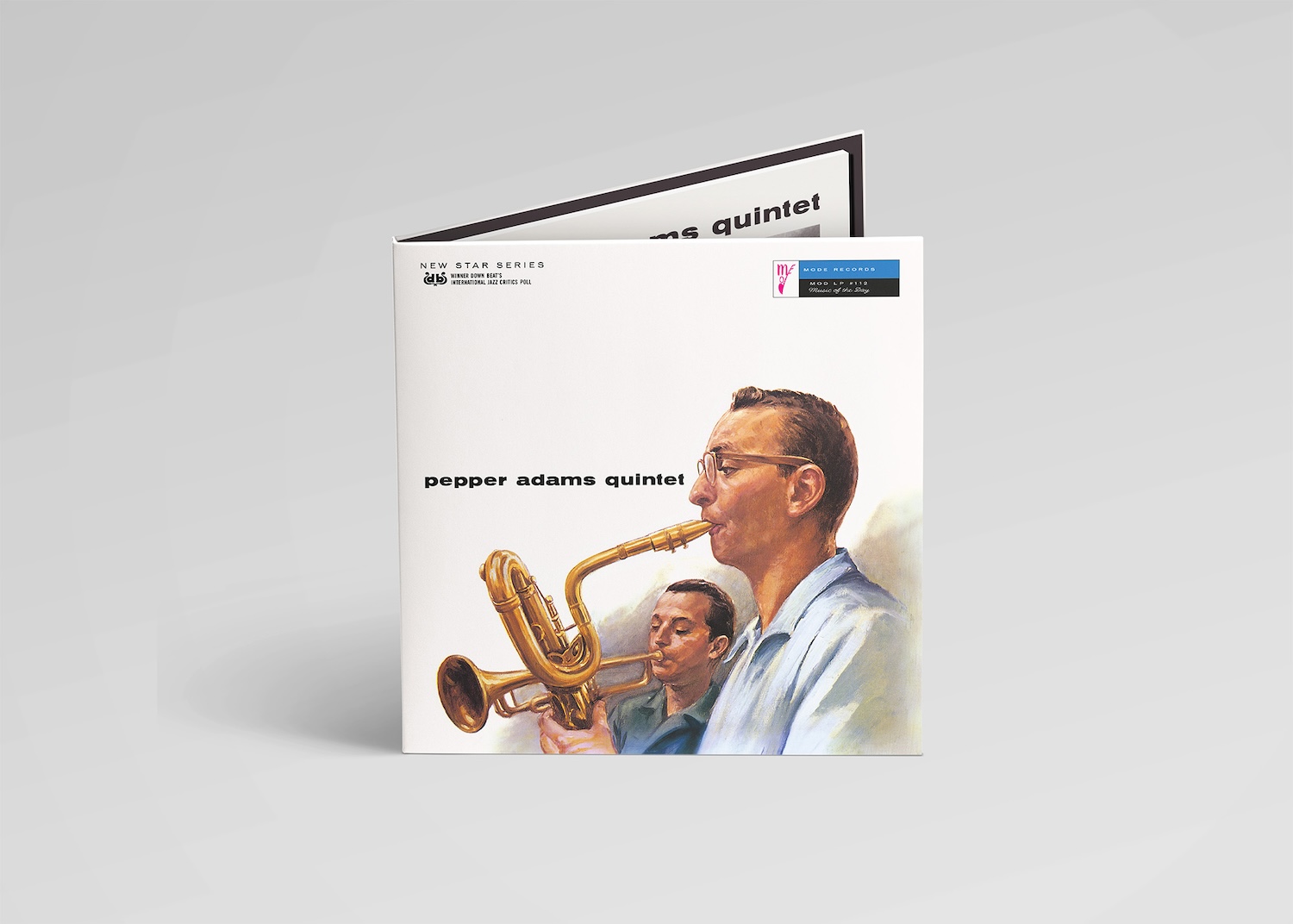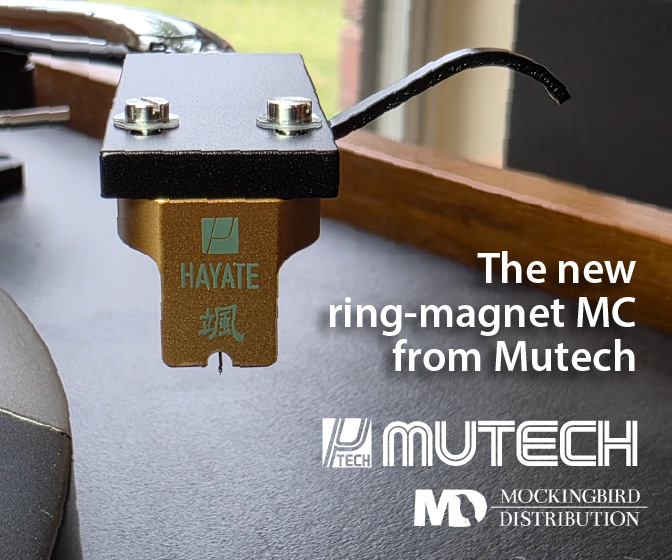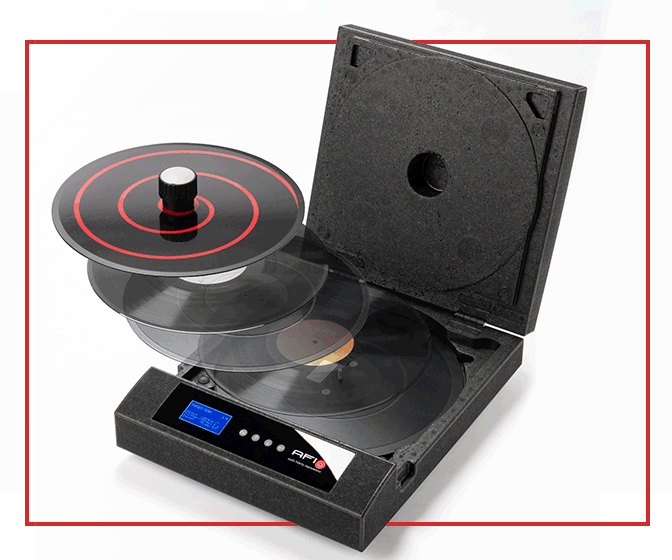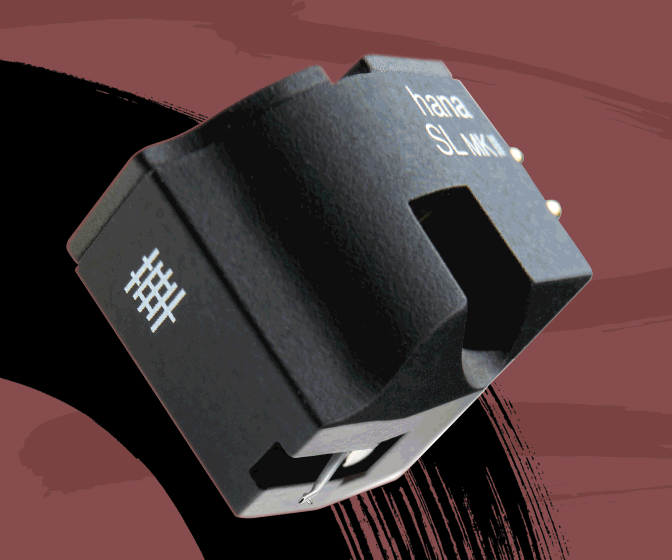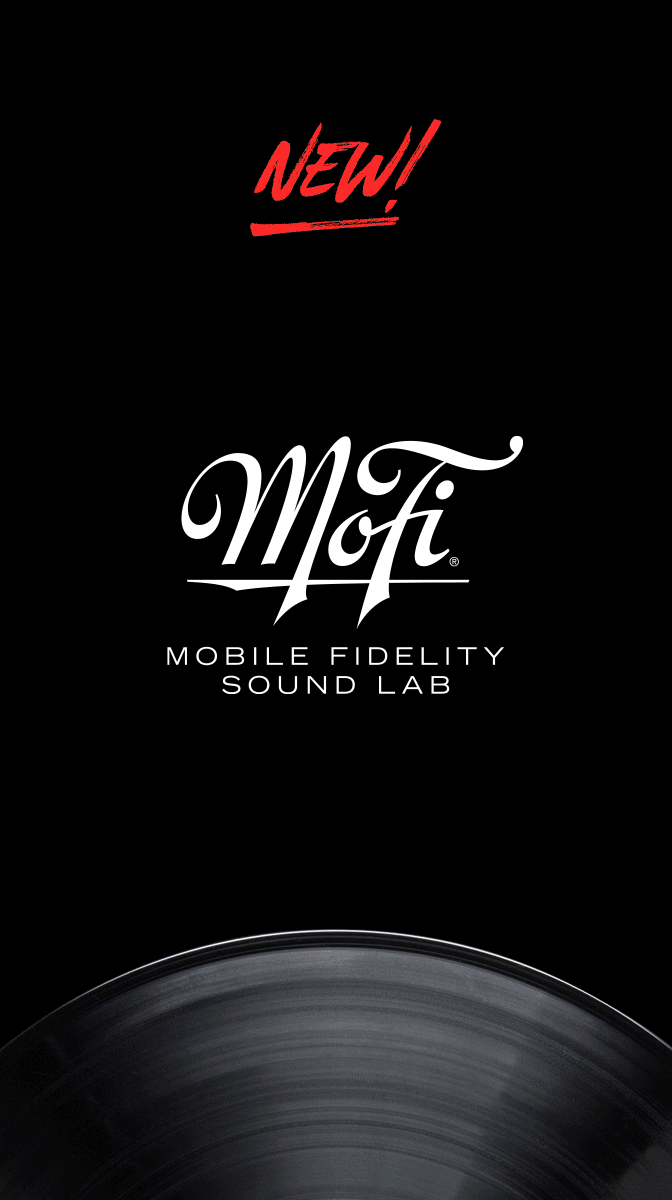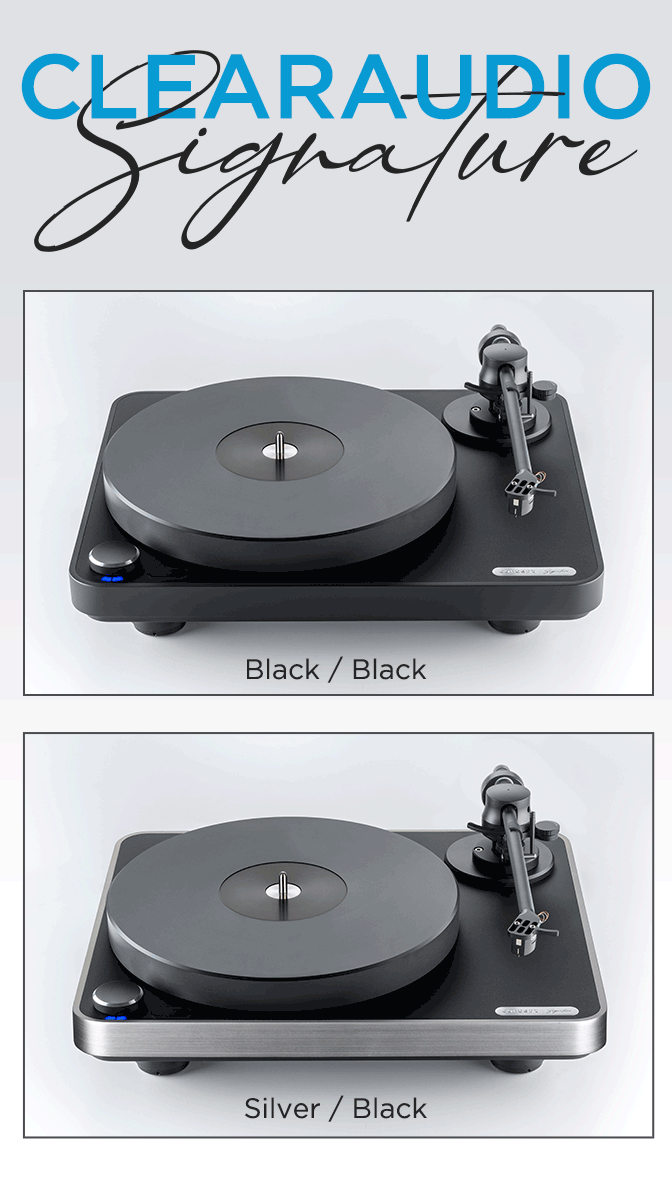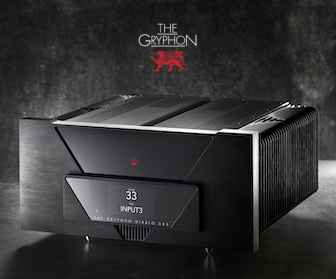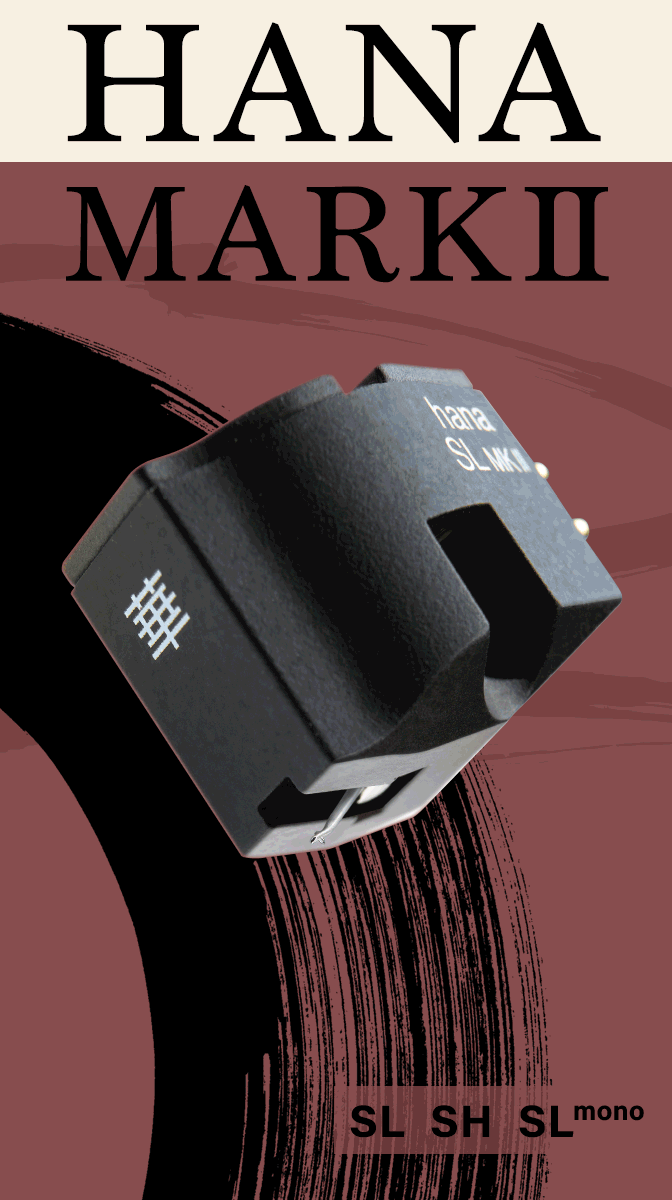New Reissue Label Gammaut Sets a Higher Packaging Standard
with sound and music to match!
Mode was a '50s era west coast jazz label with a distinctive look thanks to Eva Diana's colorful portraits but more importantly, the label, in its 6 months of operation produced 31 albums and managed to release 29 of them. And of equal importance to TrackingAngle readers, the sets were recorded at Radio Recorders and engineered by a then just starting out Dayton "Bones" Howe! As you'll hear unless you already have some of the '80's era reissues, Bones had the sonic goods from the get go.
 Started by film syndicators Maurice Jane and Charles Weintraub at around the same time Dick Bock started Pacific Jazz and Lester Koenig did Contemporary, the label had a remarkable roster of jazz artists and label executives, including James "Red" Clyde and Joe Quinn both recruited from Bethlehem Records. Marty Paich, who'd had success as a Bethlehem recording artist became musical director, saxophonist/bandleader Dave Pell was also an accomplished photographer so he shot the sessions.
Started by film syndicators Maurice Jane and Charles Weintraub at around the same time Dick Bock started Pacific Jazz and Lester Koenig did Contemporary, the label had a remarkable roster of jazz artists and label executives, including James "Red" Clyde and Joe Quinn both recruited from Bethlehem Records. Marty Paich, who'd had success as a Bethlehem recording artist became musical director, saxophonist/bandleader Dave Pell was also an accomplished photographer so he shot the sessions.
How this all collapsed in six short months is well told in Ken Poston's annotation about that part of this story, but more importantly there's the Pepper Adams story written by Adams biographer Gary Carter, which, once you begin reading, you won't be able to put down. It occupies 20 album jacket sized pages of text with a few extras for photos. Here's one short excerpt:
"In mid-August, while still in basic training (for Korean war service), Adams unexpectedly received an emergency furlough concocted by Charlie Parker. Bird had called the base, posing as Adam's mother's physician, so that Pepper could play a gig within on August 24.....".
Repeatedly throughout the Adams story are vignettes, some funny, some not, about a milquetoasty looking young baritone saxophonist who was often brought onstage unannounced and unintroduced, to play with jazz greats (Sonny Rollins, Miles Davis among them) of the era, blowing them away every time until finally he worked his way up to become one himself. Played an acetate, Alfred Lion thought Pepper was lying. "You know, that's a black baritone player who is a rhythm and blues player trying to play jazz".
The story is a great read, but more to the point, the music, three standards and a pair of Adams originals on what was his debut as a set leader following big band gigs with Kenton and Ferguson, combines west coast jazz sensibilities of the era with Adam's more aggressive, "twisty" classical music influenced sensibilities.
A chapter devoted to the other players on the session— Mel Lewis on drums, Leroy Vinnegar on bass, Carl Perkins on piano (not that one) and Stu Williamson on trumpet (best known for his Contemporary Records Shelly Manne recordings)— fills in the details.
The Mode story annotation covers what happened following the label's failure. A 1958 licensing deal fell through and the tapes and metal parts sat for more than 20 years at a company called Alco Research until entertainment lawyer Peter Jacobson and jazz record dealer Jeff Barr got involved and in 1983 completed the purchase of Mode, Tampa, Omega and Annex. No doubt some reading this know Barr and probably bought some records from him! Barr had "way back when" sent me the records you see in this review, all released on his and Jacobson's V.S.O.P. label, which I believe is still in business, and from whom these tapes were licensed.

Williamson's playing was perfectly aggressive and "twisty" for Adams on this session, which is fortunate since they share the center channel. The sound, especially trumpet and baritone sax is sensational and the accompanying musicians are also well recorded, but placed somewhat (appropriately) in the background. You will love the sound.
This session and many other Modes were recorded in stereo though the original pressing of this was issued only in mono, which is why there's no mention of stereo on the cover art. There's annotation on why the stereo tape was chosen, why the lacquers were cut at 45rpm (no mystery to us) and a great deal more in this absolutely essential release for now only available through the Gammout website. The Gotta Groove pressing I received is not among that label's best efforts. It was somewhat eccentric and it feels as if their "flash" blade needs replacing. The record edge is kind of rough. Still, the slight eccentricity isn't a problem on this kind of music. Absolutely highly recommended. The Stoughton hard cover jacket and overall packaging are a few notches above the rest.




